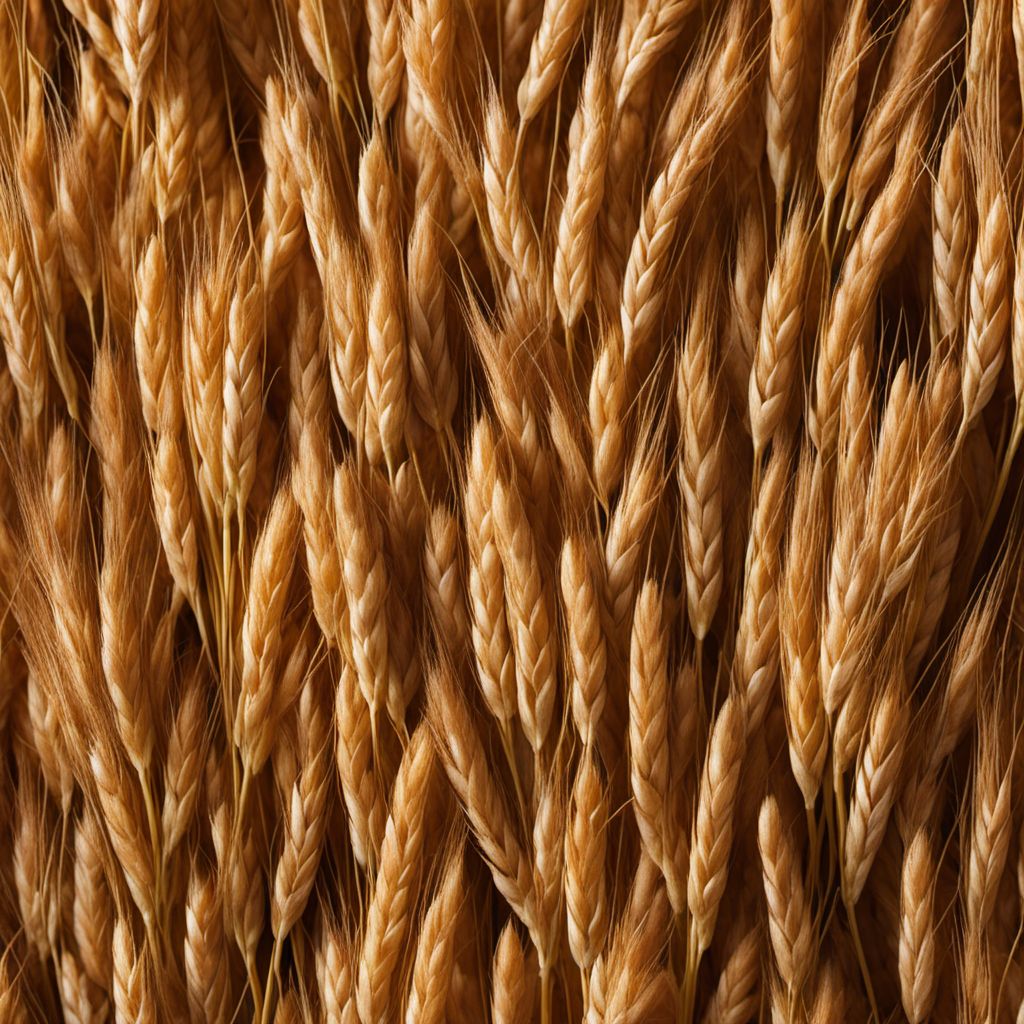
Ingredient
Durum wheat grain
The Golden Kernel
Durum wheat grain is characterized by its hard texture, golden color, and nutty flavor. When cooked, it retains its shape and has a slightly chewy texture. This versatile grain is primarily used in the production of pasta, couscous, and semolina flour, adding a rich and hearty element to dishes.
Origins and history
Durum wheat has been cultivated for thousands of years and has its origins in the Middle East. It has played a significant role in Mediterranean and Middle Eastern cuisines, where it is a staple ingredient in dishes such as pasta, bread, and couscous. Its hard texture and high gluten content make it ideal for pasta production, as it holds its shape and provides a satisfying chewiness.
Nutritional information
Durum wheat grain is a good source of protein, fiber, and various minerals, including iron and magnesium. It is also low in fat and cholesterol.
Allergens
Durum wheat grain contains gluten and is not suitable for individuals with gluten intolerance or celiac disease.
How to select
When selecting durum wheat grain, look for kernels that are plump, golden in color, and free from any signs of mold or insect damage. Avoid grains that are discolored or have a rancid smell, as this may indicate poor quality or age.
Storage recommendations
To store durum wheat grain, transfer it to an airtight container or resealable bag and store it in a cool, dry place. Properly stored, it can retain its quality for up to a year. Cooked durum wheat can be stored in the refrigerator for up to 3-4 days.
How to produce
Durum wheat can be grown in regions with a Mediterranean climate, characterized by hot, dry summers and mild winters. It requires well-drained soil and full sun to thrive. It is typically sown in the fall and harvested in the summer.
Preparation tips
To prepare durum wheat grain, rinse it under cold water to remove any debris. Cook it in boiling water until tender, usually around 10-12 minutes. Drain and use it as a base for salads, pilafs, or as a side dish. It can also be ground into flour for pasta or bread-making.
Substitutions
Semolina flour can be used as a substitute for durum wheat grain in recipes that call for a similar texture and flavor. However, the cooking time and liquid ratios may need to be adjusted. Other suitable substitutes include spelt grain or farro.
Culinary uses
Durum wheat grain is commonly used in the production of pasta, couscous, and semolina flour. It is also used in various bread recipes and as a base for salads or pilafs.
Availability
Durum wheat is commonly cultivated in countries such as Italy, Turkey, Morocco, and the United States.
More ingredients from this category
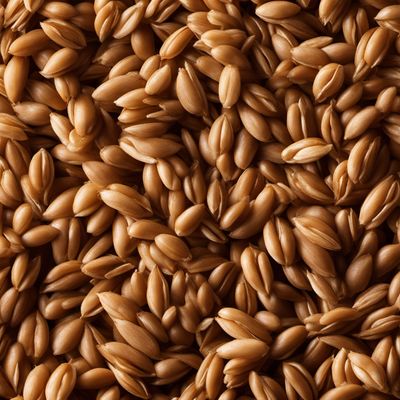
Emmer wheat grain
The Ancient Grain: Emmer Wheat

Triticale grain
The Versatile Hybrid: Triticale Grain
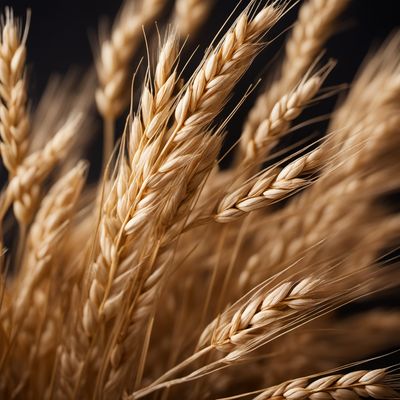
Khorasan wheat grain
The Ancient Nutrient
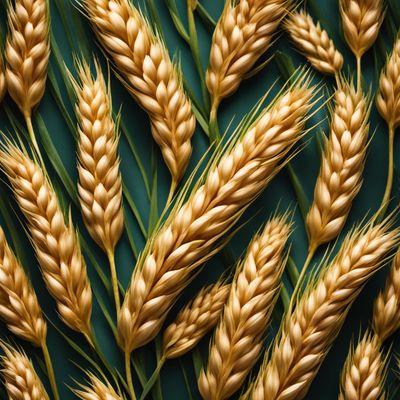
Other species of genus Triticum, not elsewhere mentioned
Ancient Grains: Exploring the Lesser-Known Triticum Varieties
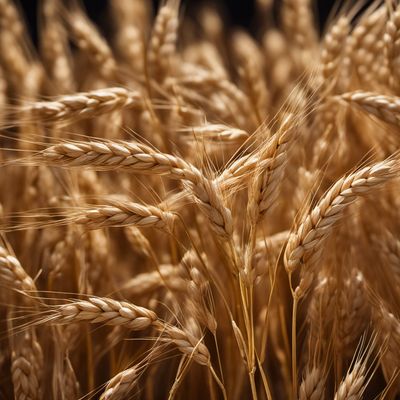
Einkorn wheat grain
Ancient Grains Rediscovered: Einkorn Wheat
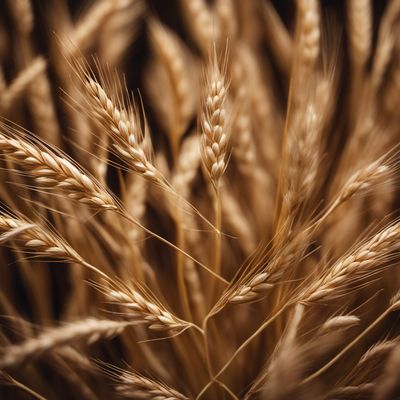
Tritordeum
The Golden Grain: Unveiling the Wonders of Tritordeum
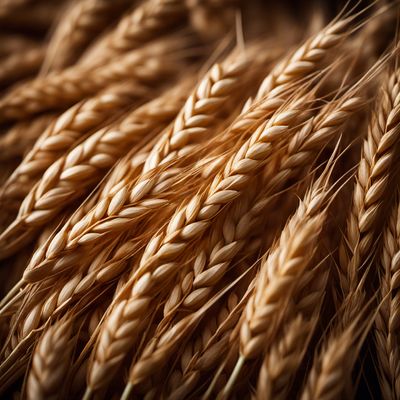
Common wheat grain
The Versatile Staple: Common Wheat Grain

Spelt grain
The Ancient Nutritious Grain